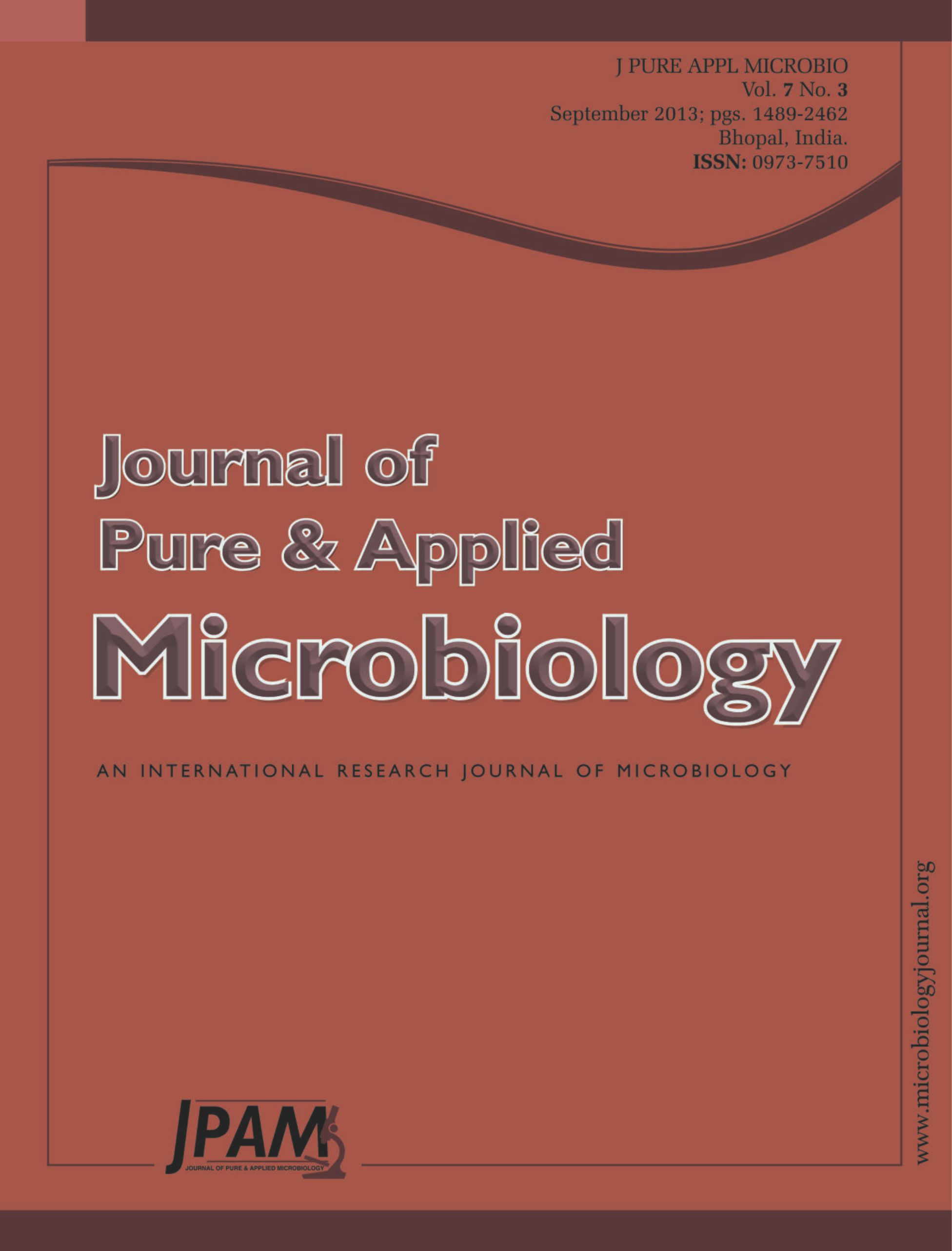Black band disease (BBD) and white band diseases (WBD) are well-described diseases in corals worldwide and believed to be caused by a diverse microbial consortium. To expand our understanding of specific dominant bacterial community associated with the black band and white band diseased coral tissue, a culture-dependent approach was applied to diseased coral tissues of Acropora cytherea and Montipora digitata inhabiting Shingle Island of the Gulf of Mannar. Morphologically different dominant bacteria were isolated from corals affected with BBD and WBD for molecular identification. 16S rRNA gene sequence analysis revealed the dominance of isolates belongs to three genera Bacillus, Micrococcus, and vibrio in black band diseased Aropora cytheria. Moreover, two cyanobacterial species Phormidium sp. and Synechocystis sp also observed in diseased Aropora cytheria. In the case of white band disease in Montipora digitata, dominance of isolates belongs to three genera: Micrococcus, Psychrobacter and Palnomicrobium were found. The observed predominant bacterial candidate associated with BBD and WBD can be considered to find out the disease etiology.
Black band disease, White band disease, Phylogeny, Acropora cytherea, Montipora digitata
© The Author(s) 2014. Open Access. This article is distributed under the terms of the Creative Commons Attribution 4.0 International License which permits unrestricted use, sharing, distribution, and reproduction in any medium, provided you give appropriate credit to the original author(s) and the source, provide a link to the Creative Commons license, and indicate if changes were made.


